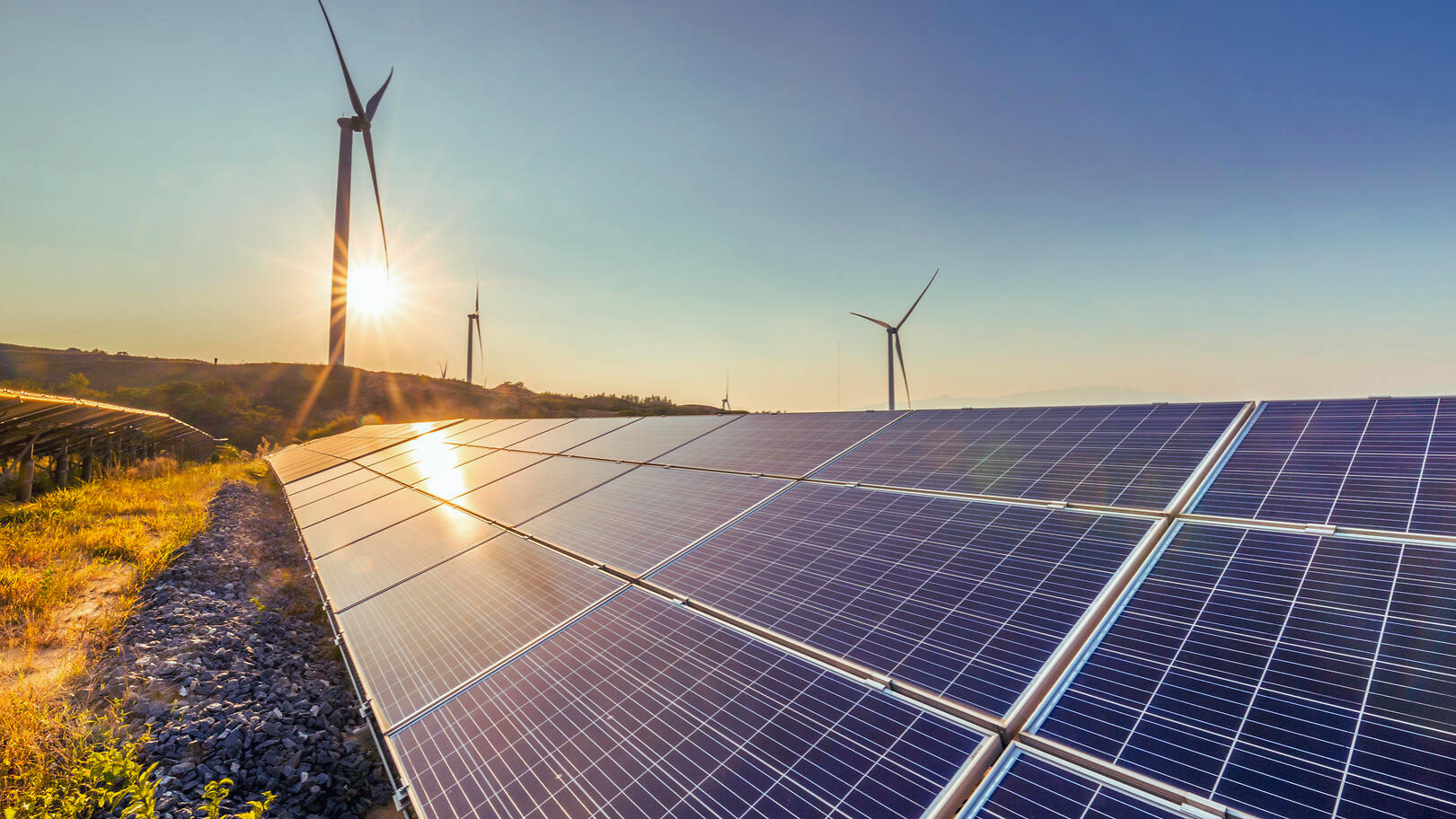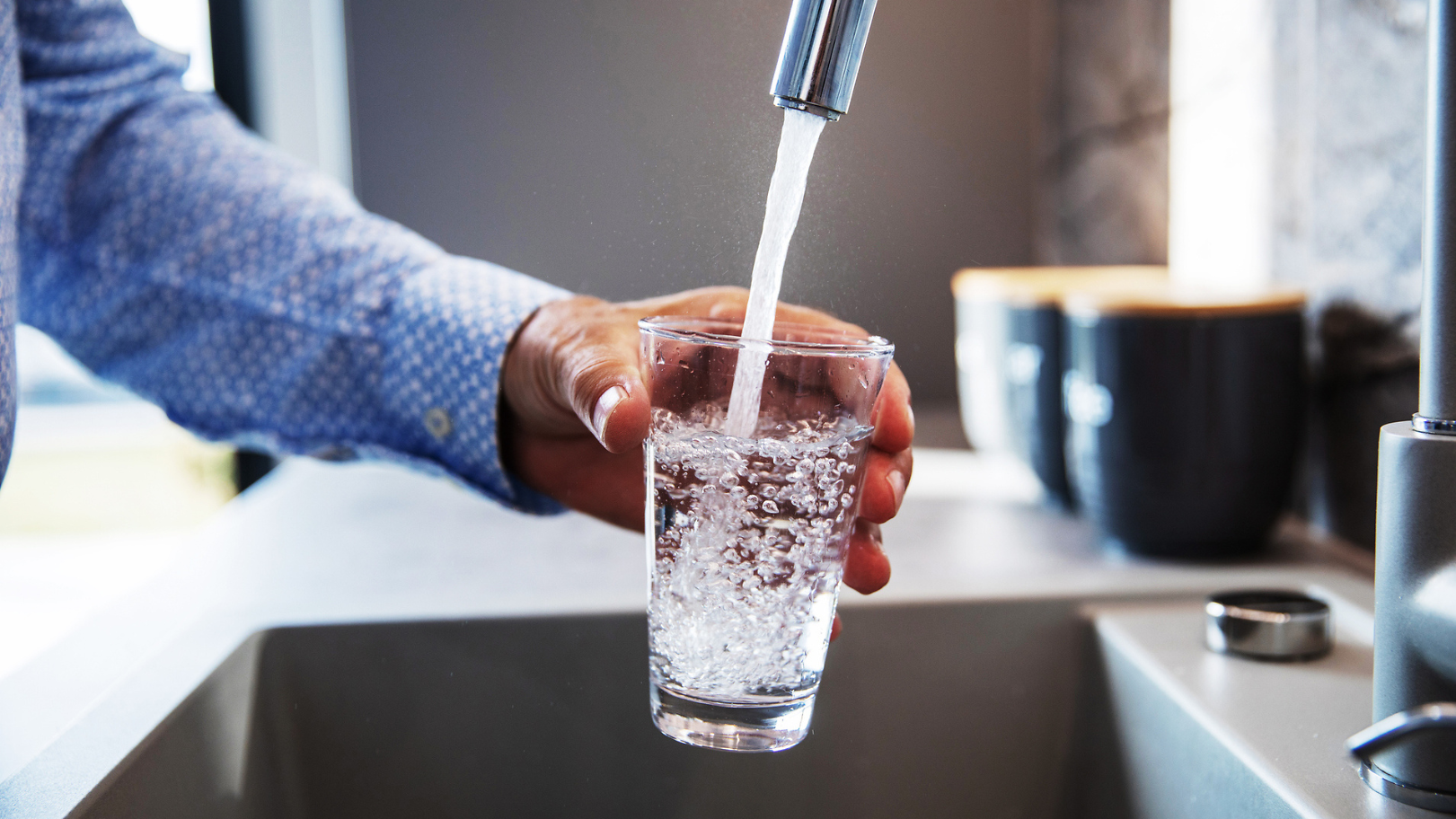Can the IoT Help Combat Coronavirus?
25.01.2021 by Pauline Batzer

Can using IoT technology to measure the CO2 level in buildings help prevent coronavirus infections? An innovative solution creates transparency and provides an opportunity to take action.
We now know that aerosols are an important coronavirus transmission path. We inhale and exhale the cause of a Covid-19 infection, and the more we talk and move, the more aerosols we release into our surroundings. They hang around in the air for hours and spread slowly. Outdoors, keeping our distance and wearing a mask, constant natural movement of the air ensures that aerosols are dispersed fast and the infection risk is minimized. As predicted, the number of Covid-19 cases increased in the fall because we spend up to 90 percent of our time indoors where air currents are created by, for example, temperature differences or by people moving about in the room. The only way in which we can now help prevent superspreading events and so keep the pandemic at bay is by airing rooms regularly.




